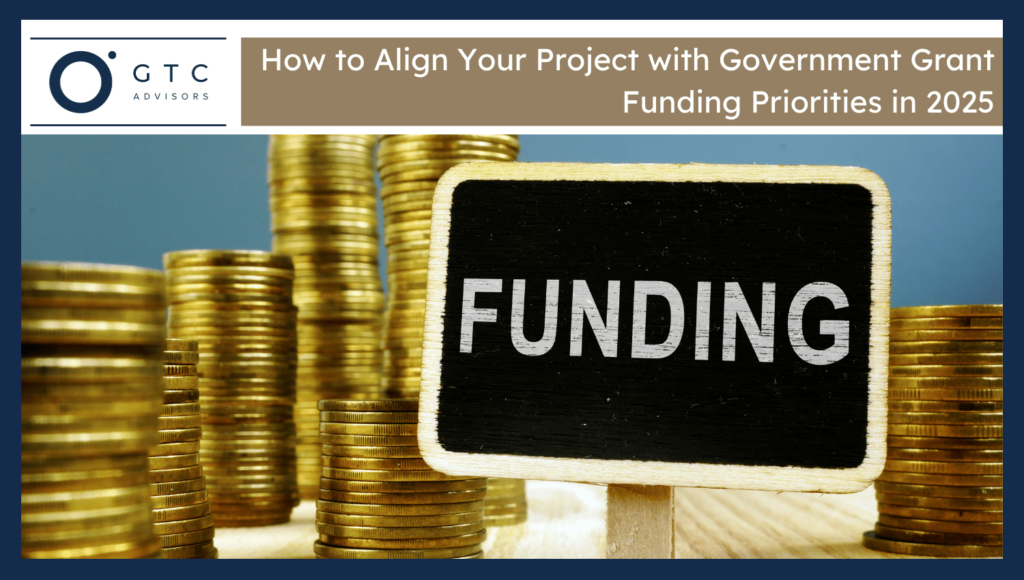To align the project with government funding priorities in 2025, search for the target strategic areas in which the government is actively funding. The examples of such areas include education, sustainability, job training programs, and rural broadband initiatives. Use online databases to search for those grants that match the organization’s goal and read the specific requirements for them. Before applying for the grant, study the mission and history of the funder to better understand their focus and priorities.
How to Research 2025 Government Funding Priorities?
Here are the five ways to search for government priorities in 2025:
- Official Policy Documents: Find the state, federal, or local strategic plans relevant to the target project. These strategic plans provide information about future investments. Governments publish the eligibility requirements on the official websites of their respective departments or ministries. Agencies also publish documents in which they mention the target areas and the allocated budget.
- Annual Budget Allocations: Check government budget areas to find the projects in which the budget investments are increasing. The Finance Minister usually unveils the budget for the year in a speech. A document named the annual development program (ADP) reveals the government priorities in the upcoming fiscal year.
- Grant Announcements: Find out the repeated project areas in which the government has funded. In many countries, specific agency sites also provide valuable data to find out the theme of the year and the high-priority areas.
- Stakeholder Briefings: Attend seminars row webinars of the funding agencies to better understand their focus in the upcoming year. Network with other recipient organizations to understand how they have secured a grant and what their experience was. Read the newsletters or feedback of the funding agencies to know about their past experience and the focus areas.
- Successful Past Projects: Review the past projects listed on the government websites or on the specific agency websites. Note the measurable metric to check that funders mostly invest in projects that provide strong data and evidence about success.
What Are the Key Priority Areas for 2025?
Here are the five high-value areas to apply for funds in 2025:
- Climate Action & Sustainability: Renewable energy, climate resilience, and conservation are of high-priority areas for government funding. The Department of Energy (DOE) has allocated billions for clean energy and for grid upgrades.
- Digital Transformation: Governments are focusing on building AI data centers and drone technologies to lead in the digital world. Funds are being directed toward upgrading federal technology. It is also used for simplifying hiring processes and enhancing data analysis capabilities in government agencies and other special agencies.
- Public Health & Preparedness: Sustained investments in healthcare programs are necessary. Grants are available for the areas that show data-driven proposals. Public Health Emergency Preparedness(PHEP) and Hospital Preparedness Program(HPP) are also worth investment.
- Economic Recovery & Job Creation: Skills training and small businesses are also good projects to receive funds. The Economic Development Administration is granting rewards to the areas that are under natural disasters. These funds help them rebuild the economic base.
- Social Equity & Inclusion: The government of the U.S has removed the diversity, equity, and inclusion programs from the federal agencies in January 2025. This case is filed in a court, and a judge has temporarily blocked the firings of certain intelligence agency staff who had DEI roles.
How to Match Your Project Goals to Funding Priorities?
Here are the five steps to match the project goals with funding priorities:
- Project Outcomes to Priority Areas: Keenly read the Funding Opportunity Announcement(FOA) to understand the grant requirements. Connect the goal of the project with the guidelines of the agreement to align the proposal according to the funder’s expectations.
- Language from Official Documents: Prefer using the FOA terminologies in the project proposal to build trust and value. This shows the agency that the organization has thoroughly researched and prepared. Use phrases like climate resilience instead of the generic term sustainability, mainly according to the specific program language.
- Policy Relevance: Connect the goals of the project with the national programs or specific laws to build credibility. It shows that the project aligns with the broader policy goals, which validates the agency grant decisions.
- Measurable Impact: The rewarding agencies are focused on evidence-based results. Set the key performance indicators(KPI) to track the progress of the project. Collect baseline data to explain how the project process goes. Add an evaluation section to outline how the data will be collected, analyzed, and submitted, reducing bias and showing fair results.
- Demonstrate Urgency: The Federal government’s focus on competition and grants in the areas that are critical to be funded at the time. Use infographics and charts to present the growing need for the project. For example, position the workforce program as a direct response or solution to specific local economic disruptions or employment challenges.
How to Strengthen Your Proposal’s Relevance?
Here are the five methods to strengthen the proposal’s relevance:
- Include Evidence of Need: Present search, case-studies or surveys to support the project idea. Use quantitative and qualitative data to highlight the severity of the issue and the urgency for an effective solution.
- Engage Stakeholders Early: Obtain letters from the non-profit organizations, local elected officials, and faith-based organizations to build credibility of the proposal. Add reviews of the target community in the proposal to show that the community is involved in the project.
- Show Collaboration Potential: Collaborate with other potential organizations with complementary missions and resources. The agencies prioritize the collaborative work.
- Incorporate Innovation: Show that the project used technology and modern methods to solve old problems. Demonstrate that the project is using evidence from other successful projects. It indicates that the organization is using best practices.
- Plan for Long-Term Benefits: Explain that the project’s ultimate goals are sustainable and not limited to the grant period only. It includes training staff, building a new system, or a school for a broader impact.
How to Stay Updated on Changing Priorities?
Follow these five steps to stay updated on the changing priorities of the funding agencies in 2025:
- Subscribe to Grant Alerts: Register on the websites and newsletters of the funding agencies to get real-time updates. Regularly check the Congressional Research Service website to get non-partisan reports on policy debates that affect the funding priorities.
- Follow Policy News: Track government official pronouncements and policy news to identify shifts in the funding policies.
- Network with Industry Experts: Exchange information and insights with other organizations or researchers. The organizations that are pursuing a grant can provide useful information on it.
- Attend Grant Workshops: Attend seminars or workshops to increase new connections with other organizations and industry experts.
- Review Mid-Year Policy Updates: The federal budget process undergoes continuous changes during the fiscal year. Stay informed about these adjustments for better adaptation of new strategies.

George C. Tagg, Jr.
George serves as a trusted counsel to business leaders, non-profit executives, and management teams. George is a licensed attorney with a master’s in international affairs and over 20 years’ experience in the U.S. Congress, Department of State, Department of Defense, global public policy, and political campaigns.


